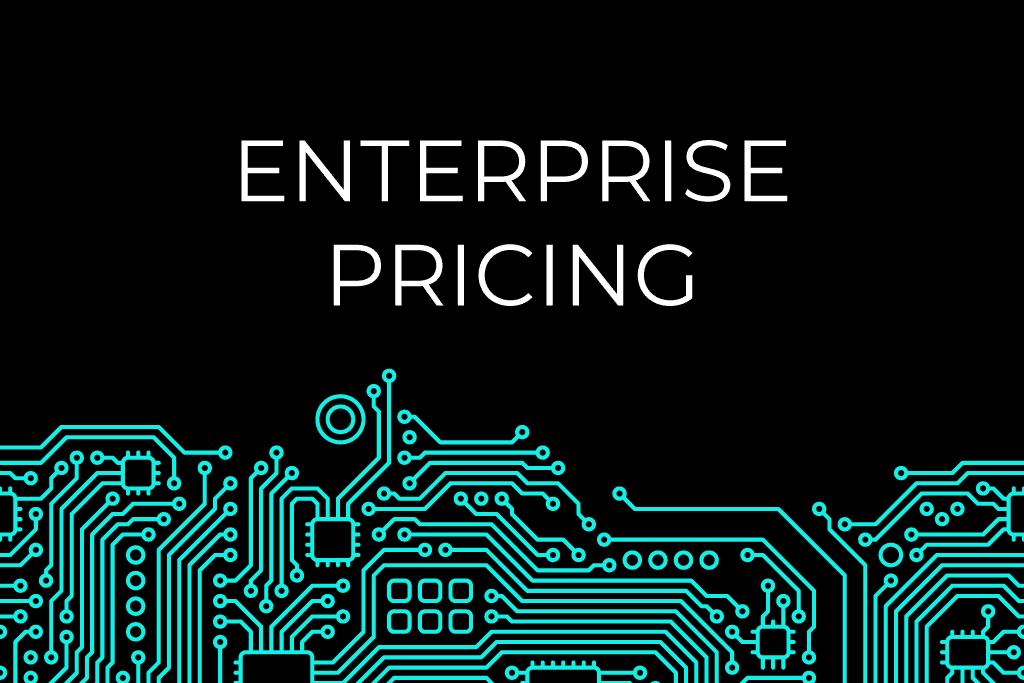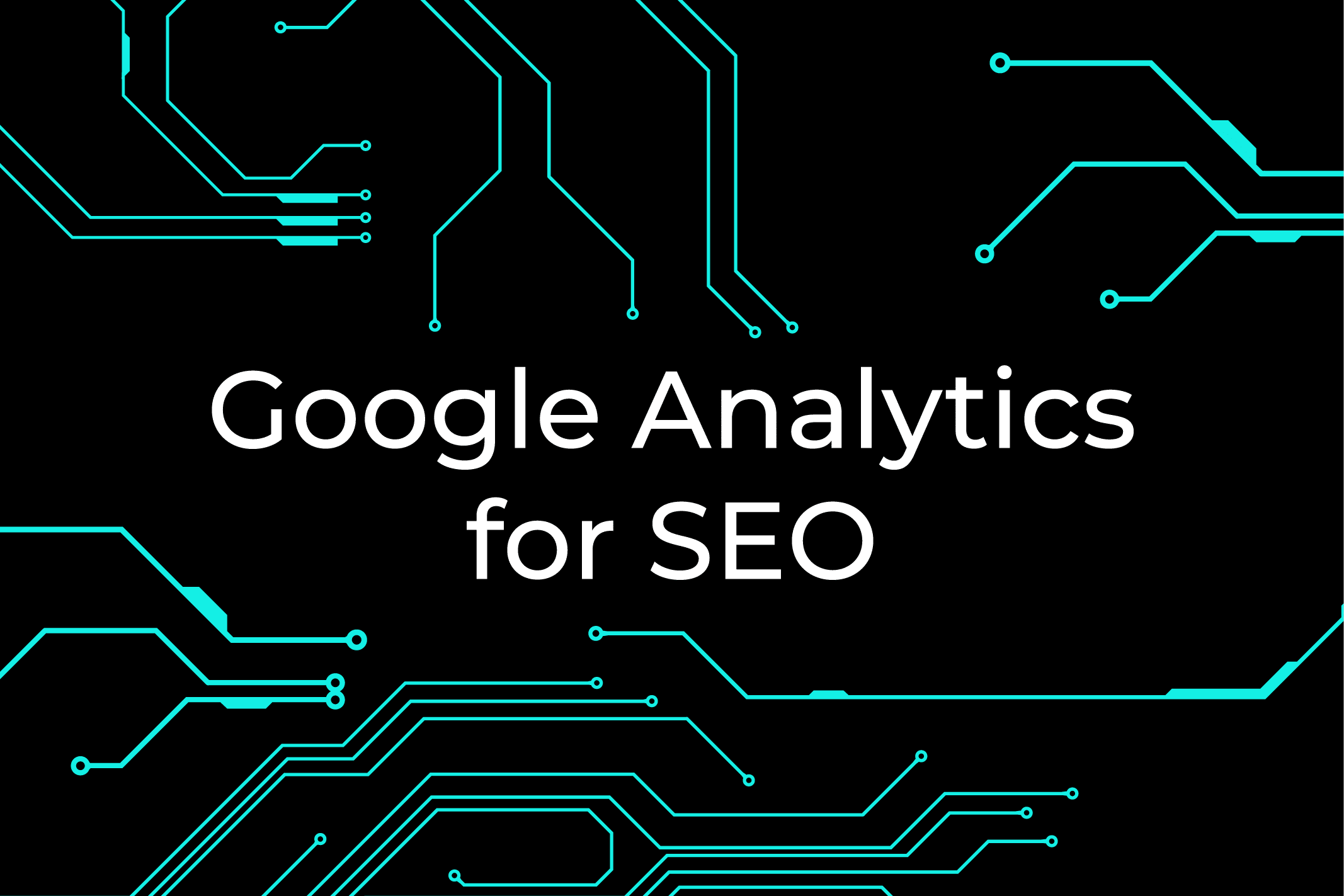Six-Figure Payday: A Proven 5 Step SaaS Online Sales Strategy
Launching a SaaS product isn’t easy for any business, whether you’re just starting or have been around for years. Getting a brand-new offering off the ground is a tricky proposition. Get it right, though, and the results can be spectacular.
The best online sales strategy can help your product launch bear fruit in only a matter of days. There are examples of well-handled product launches netting six-figure sales returns. Sometimes in 48 hours or less.
Book a Consultation
You’re probably wondering how you can get a piece of that action. No product launch is ever guaranteed to pay off big time. The following online sales strategy, though, is one that’s proven itself in the past. Follow its simple five steps, and you’ll give yourself the best possible chance of speedy success.
Developing Your Product
Before we get to the nuts and bolts of a product launch, it’s worth talking about building your product in the first place. It’s quite easy to create a great product within the SaaS niche. With the right funding and tech support, you can produce a powerful piece of software.
Most services offered through the SaaS business model exist to do one of two things. They either save people time or they make people money. How they do either job depends on the individual product. If you can come up with an idea which is either time or cost-efficient, you’ve got a product you’ll be able to launch effectively.
Developing a product to launch from scratch gives you an additional chance to help your online sales strategy succeed. You can keep a couple of things about your eventual launch in mind from the get-go. The most successful software launches, for instance, involve an inherent upsell.
You’ll want, then, to design your product in such a way to accommodate that upsell. The nature of the upsell depends on your product. You might offer a whole new range of more complex features. It could be that you extend the standard capabilities of the product. Dropbox, for example, provides a ‘business’ version of its service. That premium offering allows extra storage and enhanced collaboration.
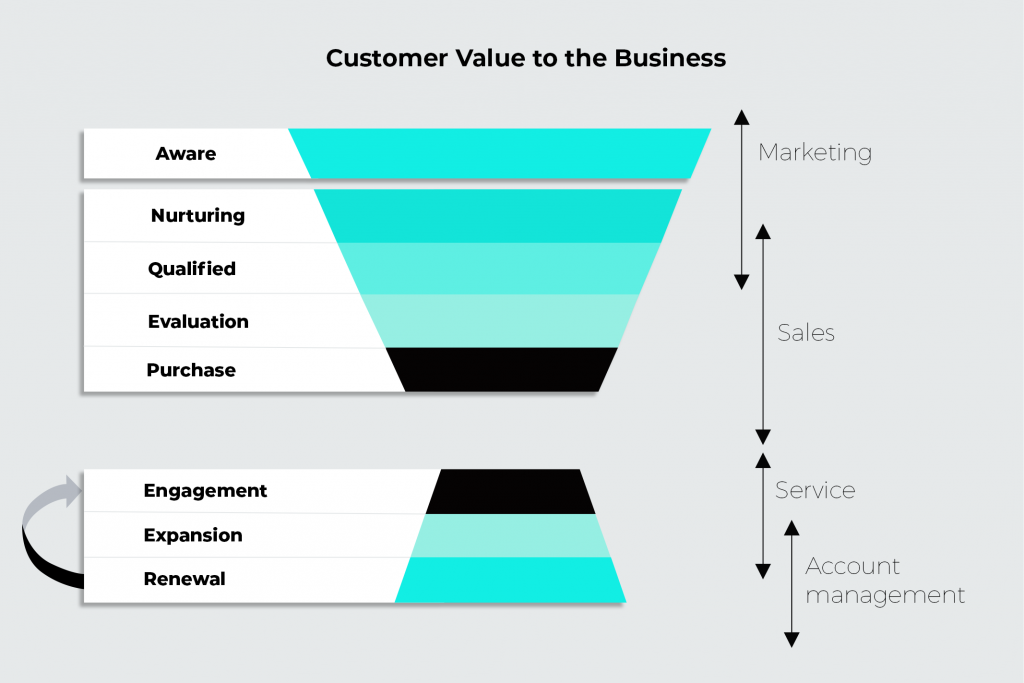
You’re aiming to produce the perfect SaaS sales funnel. Where an ecommerce funnel would end with a purchase, the SaaS version has more scope. You can expand the offering you provide each customer. That’s the upsell we mentioned earlier. You then also look to get more from each customer by securing renewals.
With a compelling product ready to roll, you can start thinking of your launch. First, set a date for the launch. It’s often helpful to go with a day in the middle of the week. Make sure that the date you pick is at the very least a month away. You’ll need all that prep time to work through these five vital steps of your online sales strategy:
- Reach out to & secure affiliates
- Produce a high converting sales page
- Run a compelling email promotion
- Setup & deliver a sales webinar
- Closing sales & providing customer support
Finding & Working With Affiliates
Affiliate marketing isn’t a new idea. Businesses of all shapes and sizes have been working with affiliates for decades. The idea behind the process is quite straightforward. You reach out to people and ask them to promote your SaaS product. They use their website, blog, social media, or other channels to get the word out to as broad an audience as possible. You then pay each affiliate a commission for the value of sales their promo efforts net you.
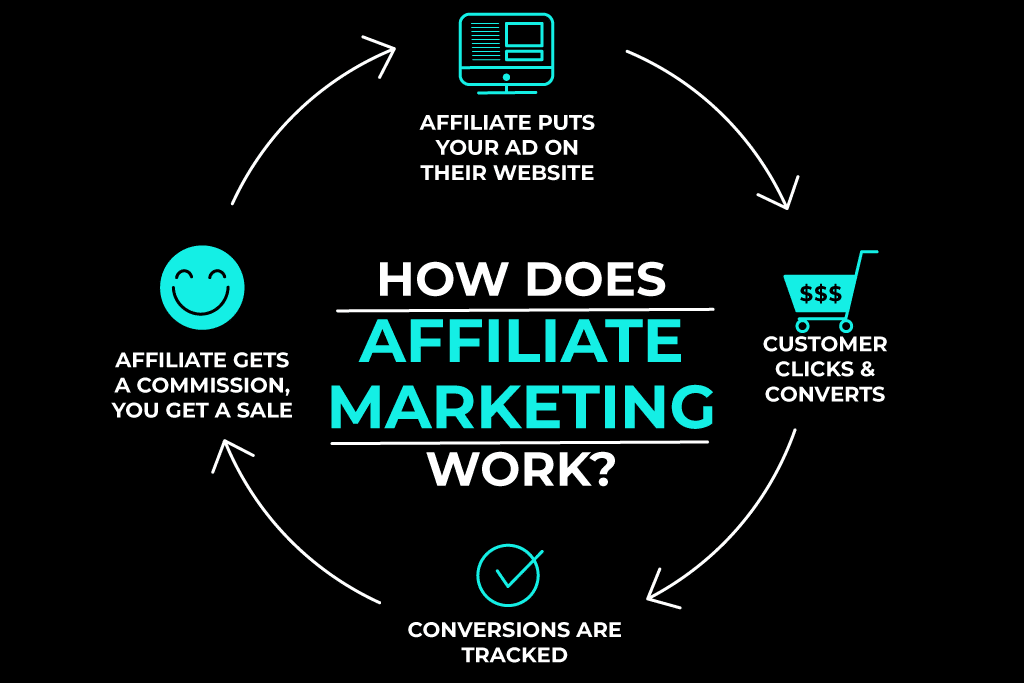
Building up a network of affiliates is an excellent way to promote any product launch. Creating that kind of system takes time and effort. You need to build a Joint Venture (JV) page for your affiliates. You then need to explore different avenues to find the marketers with whom to work.
You need to build your JV page before you start searching for affiliates. It needs to be up and running before you start your outreach. The JV page must provide an affiliate with everything they need to know about your product. It should also provide detail on just what you’re looking for from the relationship. Outline what you expect from them and what you’re offering in return.
Key things to put on your JV page include:
- The date of your product launch
- An in-depth description of your product and its benefits
- Promotional copy or exact sales phrases you want affiliates to use
- Graphics for banner ads, sales videos or email swipes
- Bonuses, incentives or prizes on offer for affiliates who generate the most sales
The last of those JV page elements is worth dwelling on for a moment. You’ll be paying your affiliates a commission. Its value depends on the subscriptions they deliver for your product. That’s what makes them want to promote your launch. A prize or bonus, however, can incentivise them to go the extra mile. That can only be good for your product launch. Having a good reward, what’s more, makes it easier to attract affiliates in the first place.
Speaking of attracting affiliates, that’s your next step after building your JV page. There are a few different places to look to find marketers to promote your product launch:
- Launch calendar websites
- Affiliate marketing forums and communities
- Affiliate marketing related Facebook groups
- Your existing professional network
If you’ve never worked with affiliates before, you aren’t going to have many existing contacts to help you. Things change once you’ve run a few campaigns or product launches. Then, your professional network becomes an outstanding source for affiliates. For a first affiliate-supported launch, you’ll need to rely more on the first trio of sources above.
Reaching Out to Affiliates
Launch calendar websites are places where you can list your launch. You put your event on the calendar and include details affiliates need to start working with you. Affiliates visit the sites to learn what opportunities there are out there for them. Any interested marketer can then contact you or visit your JV page. A couple of good examples of launch calendar sites for SaaS companies are Warrior JV and Muncheye.
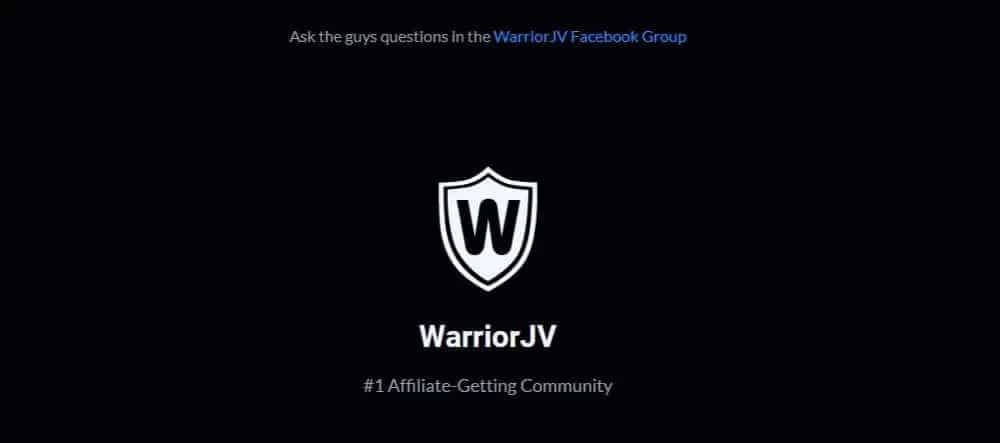
As well as listing on those calendars, you can reach out to potential affiliates directly. There are affiliate marketing communities on many social networks and channels. Warrior JV, for instance, has a forum. There, marketers discuss all things affiliate related. There is also a diverse selection of Facebook groups for affiliate marketers.
Finding and building a good network of marketers is key to your product launch. It’s an efficient way of promoting the launch to a broader audience than you’d be able to reach yourself. To make it and your other promotional efforts worthwhile, you now need a top-class sales page.
Making a Sales Page That Converts
Your sales page is critical to a launch. In some ways, it’s more important than the product itself. It has the power to make or break all of your promotion efforts. The page, after all, is where you funnel all the leads you generate by marketing the launch. It’s the page that must turn a visitor into a customer. With qualified traffic, you are looking for a minimum conversion rate of 5%.
Unfortunately, there’s no shortcut or simple trick to crafting perfect sales copy. Copywriting is a skilled trade that takes lots of time and practice to hone. If you’ve not put in the hours practising the skill, you may want to hire a pro copywriter to handle your sales page for you. Good copywriting isn’t cheap, but it is worth it for something as crucial as your product launch.
If you are going to write your copy yourself, try to get as clued up as you can before you start. Find examples of sales pages other firms have used to launch their products. Those examples are particularly helpful if they relate to launches that you know proved successful.
You’ll also want to refresh your memory on some of the intricacies of sales copywriting. A site like Copy Blogger is an excellent place to find invaluable insights. If you’re going to try to get organic traffic to your sales page, you will also need to think about the page’s SEO. Do your keyword research and make sure Google will like your page as much as any visitors do.
Running a Short-Term Email Promo
Your online sales strategy to support your product launch is now taking shape. You’ve got an active affiliate program set up. That network of marketers will send prospects to your top-class sales page. The page will then work to convert them into customers. What you must do now is tell as many leads as you can about your product launch. A short email promo campaign leading up to launch is one excellent way to do so.
A lot goes into building a good email campaign. The main thing to keep in mind, though, is your target audience. Put yourself in the shoes of your potential customer. Think about the challenges they face and how your new product can solve those for them. How your product answers their pain points should make up the content of the campaign.

The exact assets featured in the emails should reflect the target audience. Build a customer persona for the typical prospect you’re targeting. Use that to choose the elements that will work best in your emails. Some viewers will respond better to sales videos, and others may prefer an infographic. Get the shape of your emails right, and your conversions are sure to improve.
Having a launch date to focus on will be a crucial part of your email campaign. Using multiple emails to count down to the launch creates a sense of urgency that can help generate interest. A countdown to a big event is sure to produce an element of FOMO in any email recipient. They won’t want to miss out on a special promotion or offer.
Setting Up & Delivering a Sales Webinar
A sales webinar is another useful way to promote your new product and its launch. Webinars engage an audience in a way that other marketing channels can’t. You can speak directly to prospects and build a rapport. That helps to create trust with your audience that can translate into a sale. A webinar is also an opportunity to demonstrate your product and address pain points.
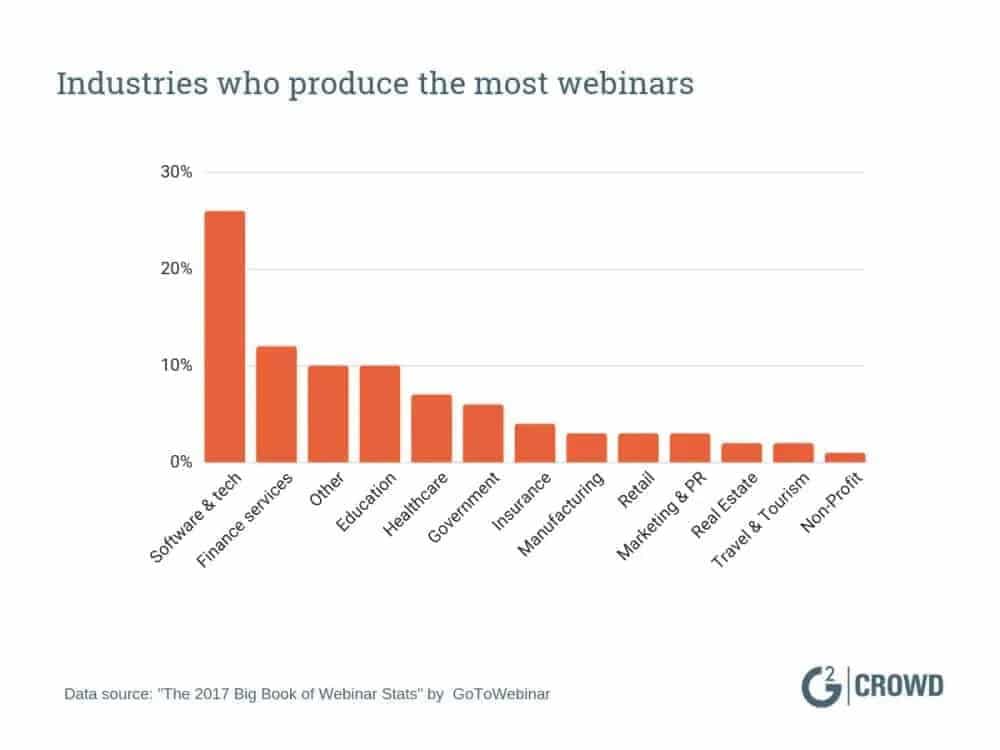
Demonstrating your new product ahead of launch is a superb topic for a webinar. With the right promotion, you can convince attendees of the value of your product. You can market the webinar as an exclusive, behind-the-scenes look at the new product. That’s sure to grab the attention of your leads.
The exact content of the webinar, though, shouldn’t be too practical or technical. It needs to show off the product you’re launching but in a particular way. Ensure that you always demo the product with half a mind on the problems it can solve. Especially problems that you know the attendees and their firms are most keen to address.
Closing Sales & Post-Launch Support
The preparation for and promotion of your product launch is now complete. What’s left is handling the launch itself. It’s an obvious point, but you need to have the human resources in place to cope with the process. If your online sales strategy is a success, there may be a lot of calls on your staff’s time in the days after the launch.
You need agents on hand to close sales with uncertain prospects. Someone may get as far as your sales page only for a final objection to come to mind. If they contact your staff directly, those staff must be able to overcome the lead’s opposition. Make sure you train and educate all agents well on your new product before it launches.
No matter how good your product or your online sales strategy, there will be issues as your launch progresses. After any launch, there will be a high proportion of early adopters who decide they want a refund. Top-class customer support is a way to address problems, thereby reducing refund requests.
Implementing a Proven Online Sales Strategy
For any SaaS business, launching a new product is vital to its commercial success. The best product launches net astounding results in terms of overall sales. Some firms have achieved turnovers of six-figure sums in a matter of days. To get your business a piece of that action, you need a superb online sales strategy to support your launch.
The simple five-step strategy outlined above is one that’s proven to deliver. Via affiliate marketing, an email campaign, and a webinar, you can reach a broad audience. Your top-class sales page and practical customer support will then woo that audience. We can’t guarantee you’ll get that six-figure payout, but you’ll be giving yourself the best chance of success.

